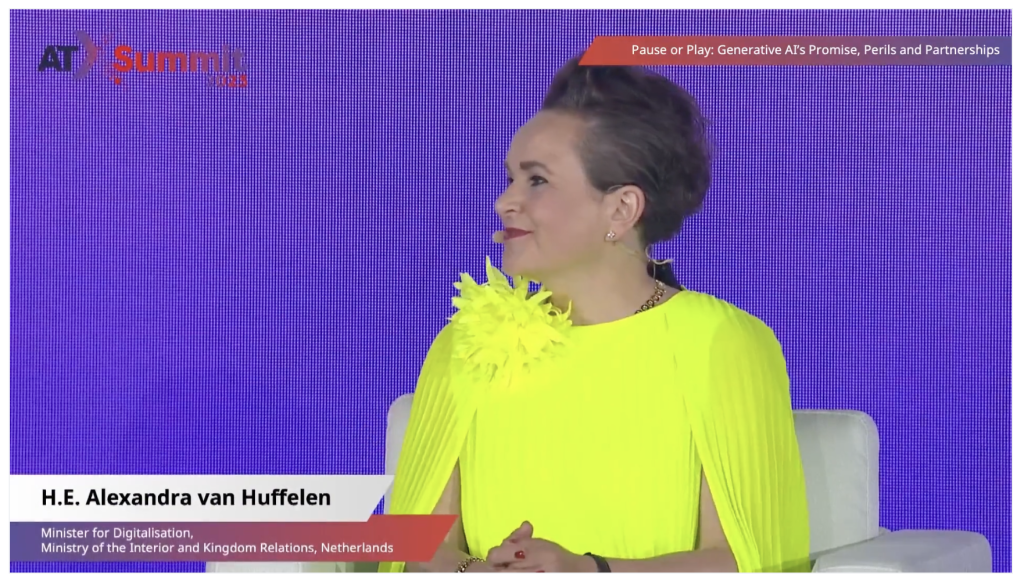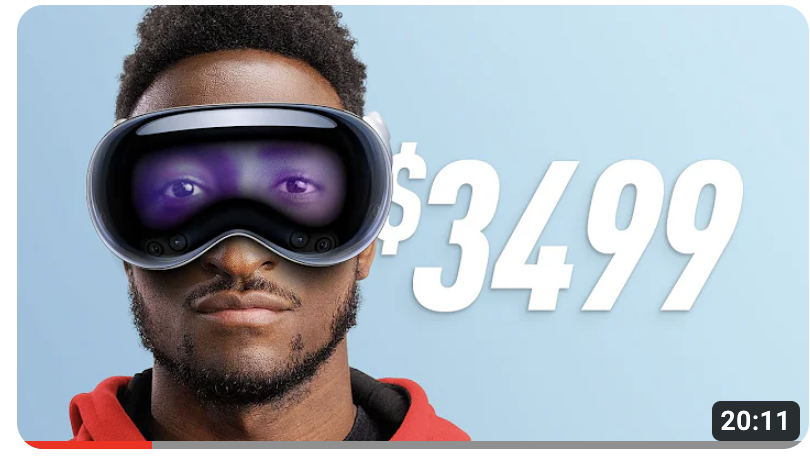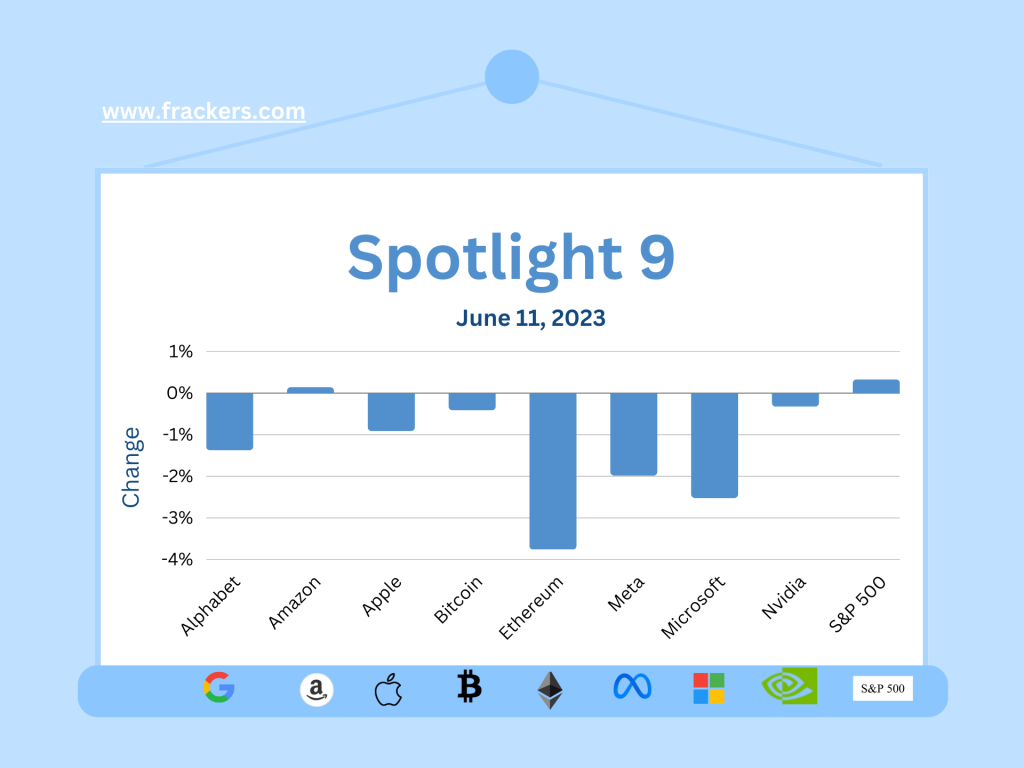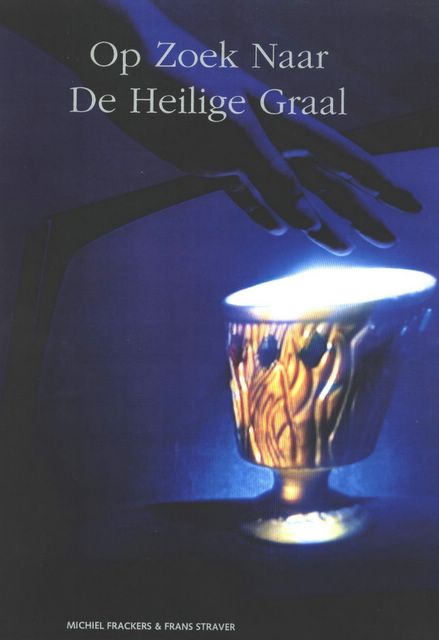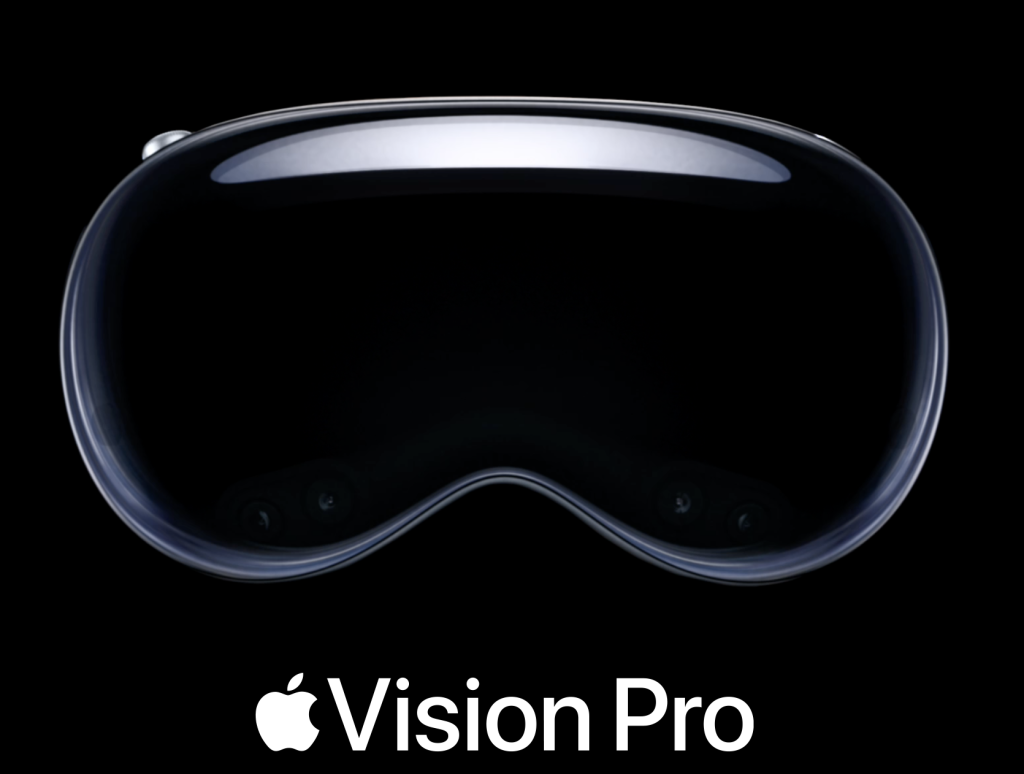
Apple has been surpassed by Microsoft as the world's most valuable company, and the former stock market darling still got a whirl from Wall Street despite rising sales, while virtually all tech companies rose. Perhaps that is precisely why there was a lot of attention on the launch of the Apple Vision Pro, the mixed reality headset that Apple itself for some reason calls "spatial computing.
When the Apple Vision Pro was announced last year, I wrote:
'All the omens are that the Apple Vision Pro will be a flop - a flop by Apple standards, that is. But that's not a bad thing at all. At least Apple is trying to develop something new again, and that's better than unimaginatively buying back its own shares for hundreds of billions, as it has in recent years.'
Because the price is too high at $3,500 to break open a mass market, there is no reason to change opinion about the Vision Pro's short-term business impact.
Apple is on its way to $500 billion in annual sales, so before any new product raises an eyebrow when going through the annual figures, it has to come close to the annual sales of Apple's least contributing product. That's the iPad, which still did $7 billion in sales last quarter. To get anywhere near that, Apple would have to sell a few million copies of the Apple Vision Pro, which is not going to happen with the current model at this price.
Vanity Fair was invited by Apple CEO Tim Cook to learn about the Apple Vision Pro, which led to this revelation from the reporter:
'When I turn it off, every other device feels flat and boring: my 75-inch OLED TV feels like a TV from the '90s; my iPhone feels like a flip phone from yesteryear, and even the real world around me feels surprisingly flat. And here's the problem.
In the same way I can't imagine driving a car without a stereo, in the same way I can't imagine not having a phone to communicate with people or take pictures of my children, in the same way I can't imagine trying to work without a computer, I can envision a day when we all can't imagine living without augmented reality (AR).
When we become more and more encapsulated by technology, to the point that we crave these glasses like a drug [...], the dopamine rush that this resolution of AR can deliver.'
Most reviews were less lyrical than this one, but mostly positive. The bottom line is that Apple has once again succeeded in developing a surprisingly special and high-quality product. And yet, there's something nagging.
Apple tries to solve an unsolvable problem
Wired correctly states that a "killer app" has not yet been found for the Apple Vision Pro. It is not yet the ultimate entertainment device and that is not because of the quality of the image, the sound or the controls, because they are extremely good. It's because of the applications, and then not even the "content," the traditional video narration form in picture and sound. The problem lies in the lack of new communication applications between people.
Now I am not neutral when it comes to VR and AR, having worked at VR pioneer Jaunt for a few years. I experienced the exact same experience in Jaunt's test lab as the Vanity Fair journalist, because good VR has an almost hallucinatory effect. But you remain a spectator in someone else's film.
And the core of the Internet's success is not information, transaction or entertainment. It is communication between people. The great breakthrough of social media was not caused by expensive content from movie studios or game developers, but by movies like Charlie Bit My Finger.
Despite all the success of social media like Facebook and Instagram, the messaging service Whatsapp is being used more intensively by users. And just when it seemed that the market for messaging apps was saturated, Telegram managed to attract as many as a quarter of a billion new users in 2023, bringing the total number of users to 700 million people. The demand for communication options between people seems inexhaustible.
So the big question for Apple becomes not how it can develop even flashier VR and AR applications, or how it gets Netflix to create apps for the Vision Pro; but whether it manages to develop interpersonal communication applications for the Apple Vision Pro that are as useful, funny and addictive as ever text messaging. As an enthusiast, I wish Apple would focus on that and, for example, permanently disband its entire automotive division. How many electric automakers does the world need?
Is TikTok the answer?
Especially when it comes to communication between people, TikTok has proven to be a phenomenon. When it seemed like the social media market had been completely nailed shut by Facebook, Twitter and Instagram, with Snapchat and Twitch as boutique stores, dances appeared on this originally Chinese app that were emulated worldwide. For dance requires no spoken language, only a sense of rhythm or a glaring lack of embarrassment.
Meanwhile, TikTok has become so big that Wired wrote an extensive profile on the company's Singaporean CEO, who had to answer to the US Congress for the second time last week, with a senator going out of his way to appear as racist and anti-Chinese as possible to his constituents. Incidentally, the Singaporean Internet responded within 24 hours with a hilarious video.
I'm curious what a TikTok app on the Vision Pro would look like and what you could do with it. Dance together, or watch movies together, so that using the Vision Pro at least becomes a shared experience?
Or is it Joe Rogan?
Once upon a time, the world's most popular podcast maker Joe Rogan hosted the TV show Fear Factor, a derivative of Now or Neverland. In that tv-show from the Netherlands, home of the cheapest television forms where the talent does not get paid (remember Big Brother or The Voice?), contestants from the Netherlands and Belgium had to complete tasks such as jumping out of a building while holding an egg that was not supposed to break, or eating worms while the host yelled at them "do it for your country, eat those worms for the Netherlands!
Joe Rogan, the American Hans Kraay Junior, signed a new contract with Spotify this week that will net him as much as a quarter of a billion dollars. Interestingly, it is not even an exclusive contract with Spotify, so Rogan will be seen and heard on multiple platforms.
Rogan's podcasts are recorded representations of the most basic form of communication since the dawn of mankind: two people talking to each other. Rogan's success lies in his curiosity.
He is actually interested in his guests and never tends to want to be clever at the expense of his guests. Maybe he's not that smart, which is always the criticism of him, but perhaps that's exactly what makes his podcasts accessible to a wide audience.
I would not be surprised if there are millions of people who, with an Apple Vision Pro on their heads, want the feeling of sitting at the table next to Joe Rogan and Elon Musk, or Quentin Tarantino or Lance Armstrong, as a third person. Not even to participate on equal footing, but to experience an interesting conversation up close. The mere fact that this kind of application is relatively easy to make is a reason to conclude that the Vision Pro is underrated.
Because it may quietly take five years and three versions of the Vision Pro before the device finds its killer apps combined with a good price, but then Apple will have a new successful form of personal computer on its hands alongside the Mac, iPhone, iPad and Apple Watch. Losing seventy billion in market cap the week the Apple Vision Pro hit the market? Investors should be ashamed of themselves.

